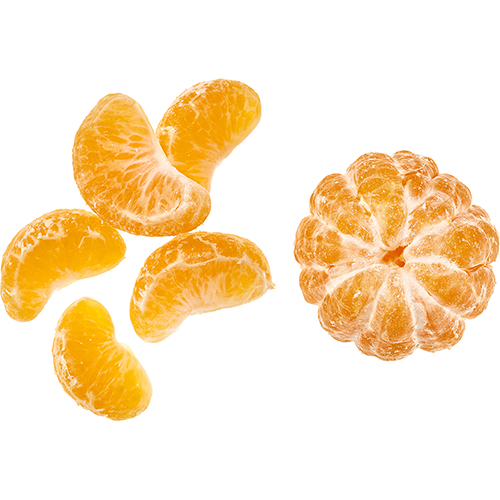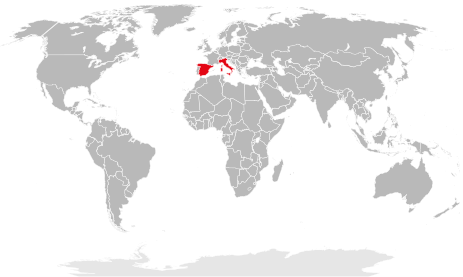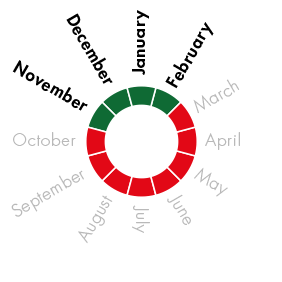







There are a number of theories about how mandarins originated. They may have originated from the island of Mauritius - where they are known locally as “mandara”, hence the name. Perhaps, however, they came from the north-east of India or the south-west of China. What we do know for certain is that the first mandarins were brought to Europe in 1805, and that the fruits we eat today mainly come from Spain, Morocco, Turkey and Greece.
Mandarins are citrus plants from the rue family (Rutaceae) and, like oranges and lemons, they thrive in the warmer zones of the planet. People even talk about a so-called “citrus belt”, which runs between approximately 40°N and 35°S latitude. The main cultivation regions are Egypt, China, Israel, Italy, Morocco, Spain, South Africa and Turkey.